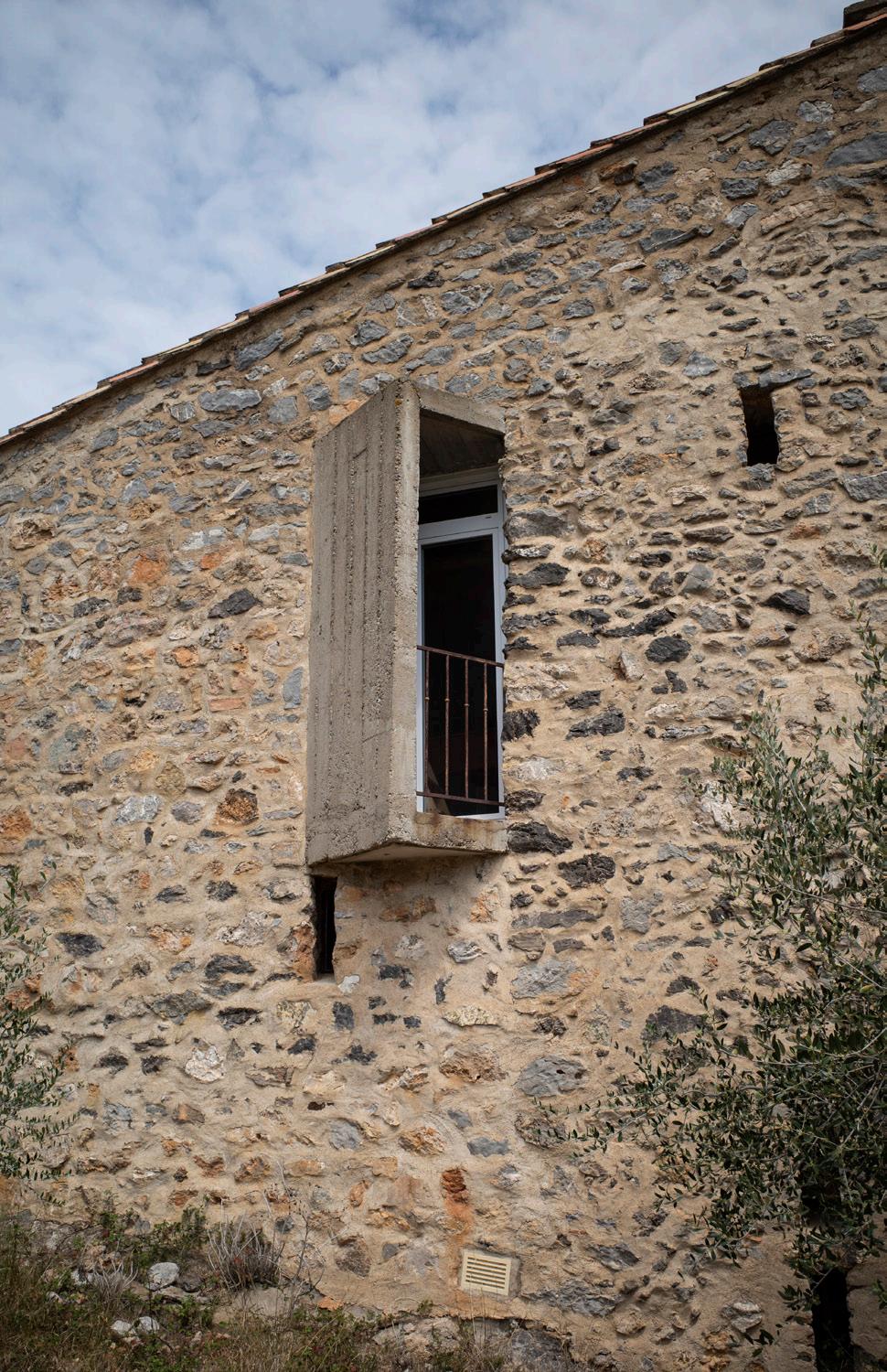Passive solar artifacts Pyrenees-Orientales
May 2023

The 1973 oil crisis triggered research and development of renewable sources, improved technologies, and social experiments. If the shortage acted as a wake-up call for consumerist societies, an environmental awareness had been rooted in the long history of solar design in search of sustainable living solutions.
The french scientist Félix Trombe based his solar energy laboratory in the Pyrenees mountains’ village Odeillo, where he experimented with several devices that aimed to passively heat or cool interiors. First tested on smaller prototype houses, they were then translated into larger scale constructions which were inhabited and their performance monitored. The Trombe wall functions as a sun collector, the warm air trapped between the wall and the exterior glass is directly conveyed to the room behind, while some heat is collected inside the wall and released in the evening. Its radical simplicity and its integration to architecture was acclaimed by many passive solar partisans and declined into diverse designs.
The renewed interest in passive solar architecture in the 1970s also prompted architects and engineers to revisit Trombe’ experiments and develop new techniques for regulating indoors. The influence of the counterculture whose ideas were rooted in an ecological awareness and self-sufficiency stimulated a broader architectural production more sensible to its resources and occupants.
The architect Michel Gerber paved the way to bioclimatic design, bridging the gap between architecture and its natural surroundings. The three houses he built in Aude were made of existing rock structures from which he created an architecture responsive to its site and orientation: protecting from prevailing winds while maximising the use of solar exposure. The greenhouse was integral to his projects and not only served as a passive heating system, but encompassed new living qualities. Inhabiting himself and his family a bioclimatic house, Michel promoted its aesthetic and social virtues that for him reinforced a feeling of belonging in the universe.






 Citadelle de Mont-Louis
Citadelle de Mont-Louis




 Maison à Bolquère, Michel Gerber
Maison à Bolquère, Michel Gerber


 Maison Trombe (1967), Odeillo
Maison Trombe (1967), Odeillo

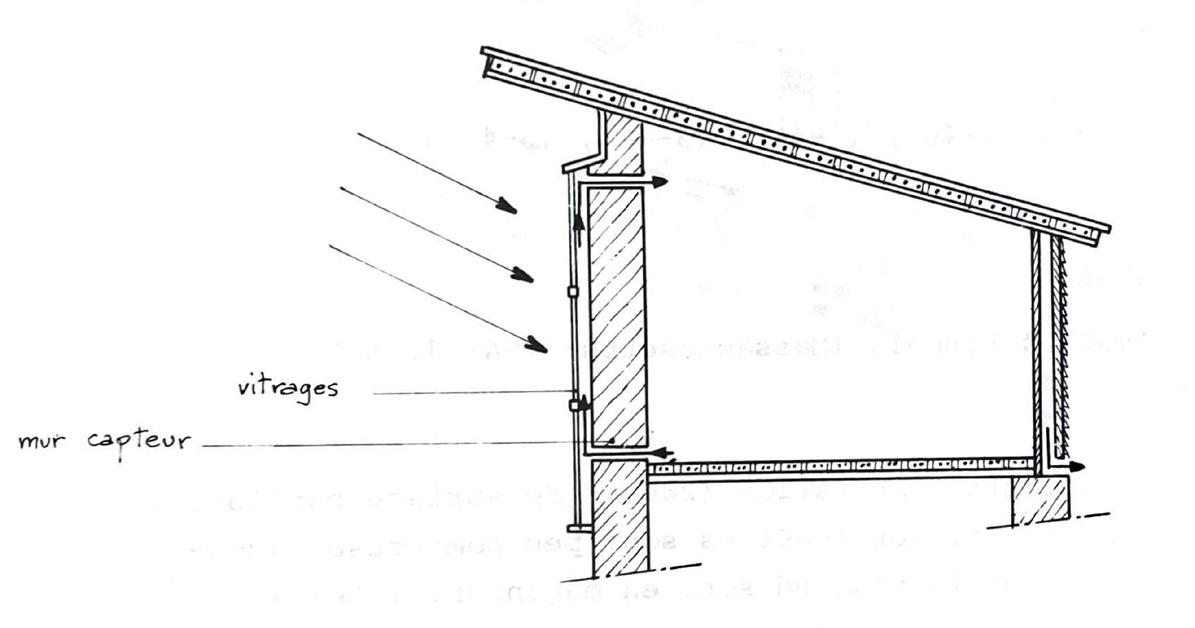
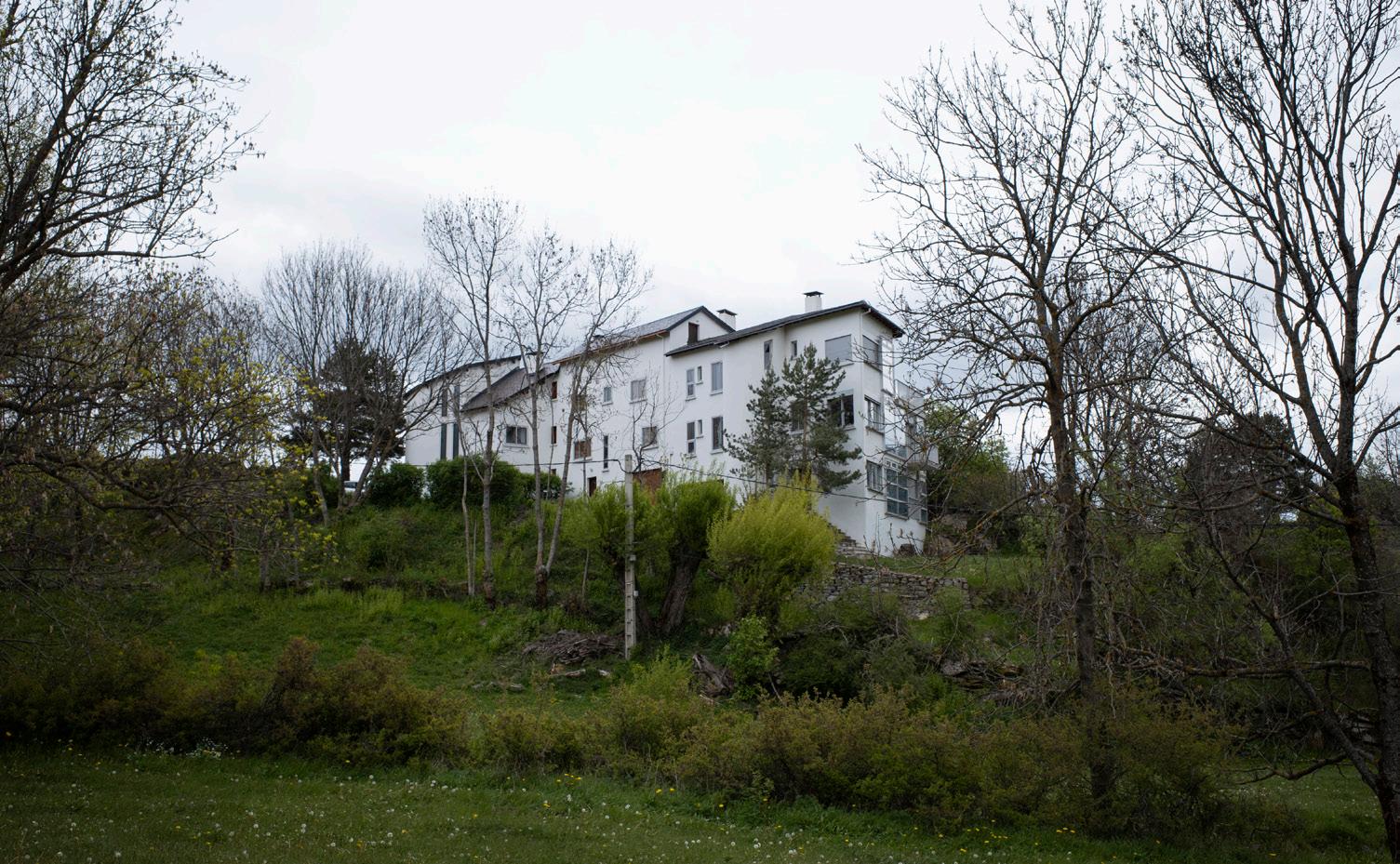 Immeuble Trombe (1974), Odeillo
Immeuble Trombe (1974), Odeillo




 Maison Trombe, La Llagonne
Maison Trombe, La Llagonne
 Grand four solaire, Odeillo
Grand four solaire, Odeillo



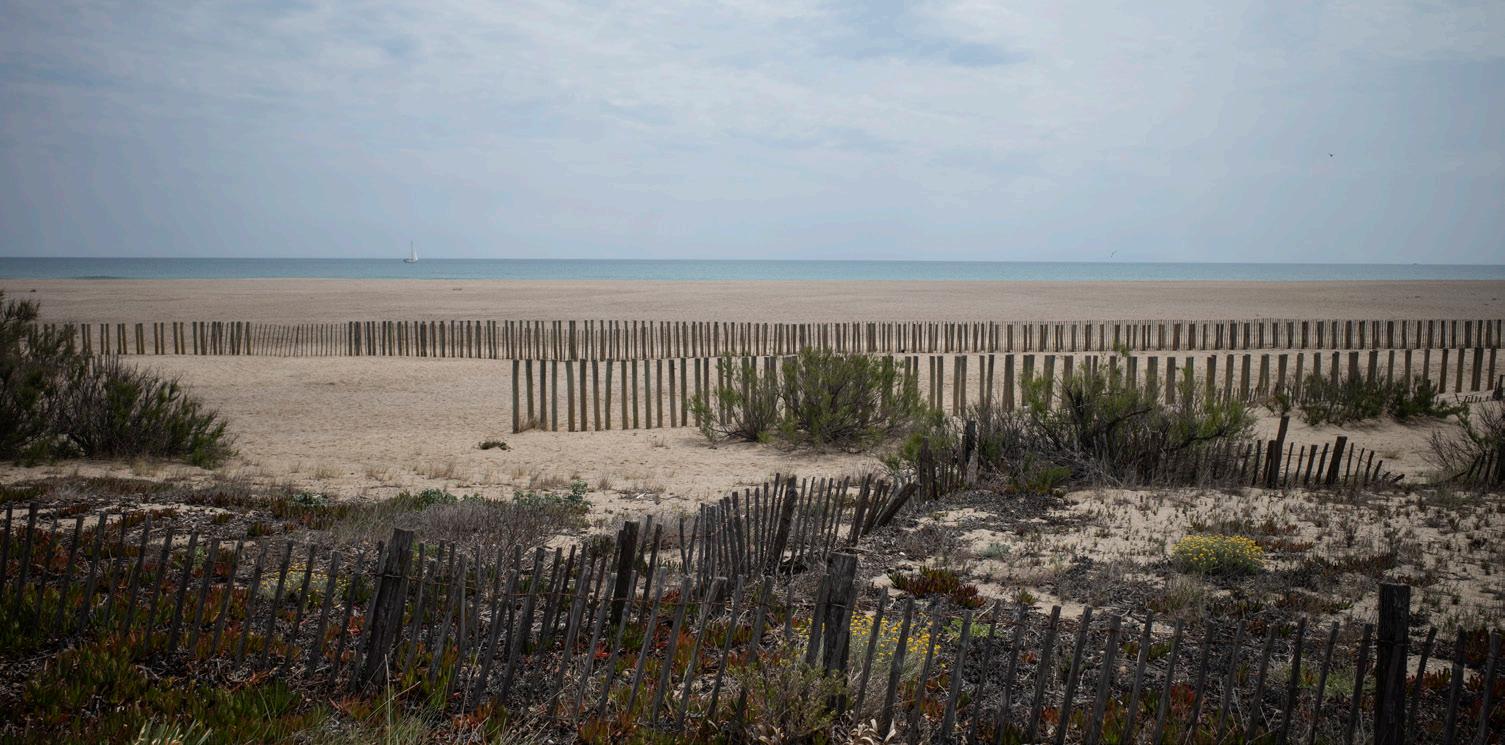
Maisons bio-climatiques dans l’Aude, Michel Gerber
Documents d’archive de Michel Gerber (Atelier E)

‘‘Oui, c’est sans doute l’hiver que la maison vit le plus avec le soleil, qu’elle nous apporte cette sensation délicieuse de manger, travailler, vivre enfin au soleil. Le moment aussi où nous nous sentons le plus responsable de sa gestin énergétique: ouvrir les rideaux isolants de la galerie dès le lever du soleil, les fenêtres des chambres sur la serre, qui les chauffe immédiatement, plus tard la porte vitrée de la salle commune sur la galerie, quand les températures des deux espaces seront en équilibre; enfin ouvrir les volets isolants au sud, vers midi, pour recevoir la chaleur solaire dans la galerie tout l’après-midi.’’
Mariette Gerber
L’Estradelle, Treilles
Michel & Mariette Gerber’s residence
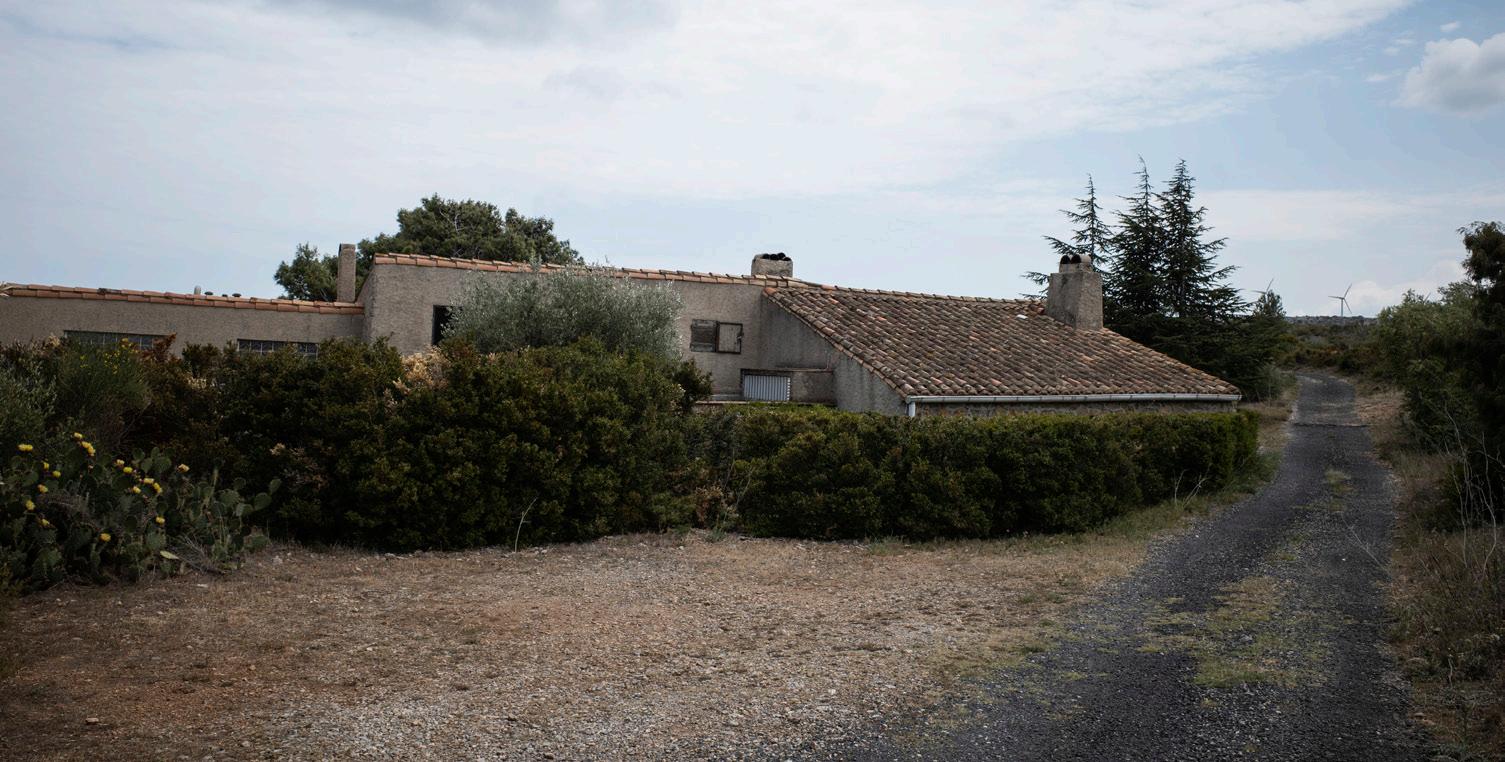



Les Perdrigals, Treilles
Michel Gerber

Documents d’archive de Michel Gerber (Atelier E)



